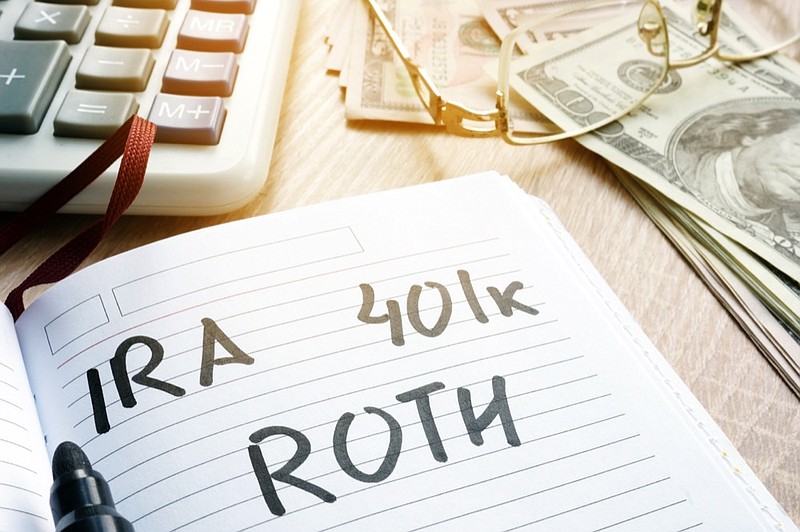On Dec. 20, President Trump signed a $1.4 trillion budget bill into law that included a separate act making major changes to 401(k) and IRA accounts. The legislation is called the "Setting Every Community Up for Retirement Enhancement (SECURE) Act. (Congress often displays more ingenuity in the naming of a bill than in its content). Effective Jan. 1, it includes several provisions intended to address the retirement savings crisis by boosting access to and participation in 401(k) and IRA accounts.
The act also essentially eliminates a popular tax benefit previously available to non-spousal inheritors of retirement accounts known as the "stretch IRA." Here's a look at the most significant elements of the SECURE Act.
IRA Accounts: In a long-overdue acknowledgement of expanding life expectancies, the new law raises the age at which one must begin mandatory withdrawals from the current 70 1/2 to 72. Required withdrawals must now begin no later than April 1 of the next year after turning 72 and continue every Dec. 31 thereafter. As an aside, the IRS is working toward the release of new life expectancy tables expected to reflect the expanded longevity, potentially reducing the amount of RMDs after 2021.
In addition, individuals who continue to earn income after their RMDs begin may now make contributions to their IRA accounts regardless of age. This eliminates a previous discrepancy between IRAs and 401(k) accounts.
Qualified Charitable Contributions (QCDs) allow individuals subject to RMDs to satisfy their distributions by specifying a direct transfer to a qualified charity and exclude the distribution from income. Interestingly, the SECURE Act did not raise the age threshold to 72, so one may still make QCD distributions beginning at 70 1/2 (before they are required to begin withdrawals), and then use them to count for RMDs after age 72.
The other headline change to IRA accounts is the elimination of the so-called "stretch IRA." Prior to Jan. 1, an individual who inherited a traditional IRA account from someone other than a spouse could choose to take all the funds (and pay income taxes) either within a five-year window, or spread over their lifetime (reducing the tax hit in any given year). The SECURE Act eliminates the lifetime stretch option, creating instead an extended 10-year window during which the account must be distributed. Some exceptions to the rule apply for disabled or chronically ill beneficiaries and certain minor children.
A new penalty-free withdrawal of $5,000 is also now available for qualified birth or adoption.
401(k) accounts: The Act contains new incentives to induce small businesses to establish retirement plans. An increased tax credit of up to $5,000 is available to employers with fewer than 100 employees who adopt 401(k), 403(b), SEP or SIMPLE plans. Furthermore, it is now easier for several employers to reap economies of scale by combining together in so-called multiple employer plans administered by a single "pooled plan provider" like a registered investment advisor.
Participation has been shown to improve if a plan includes an auto- enrollment feature for new employees that increases the employee contribution each year. The act includes a new tax credit to encourage adoption of automatic signup and increases the cap on scheduled deferment increases from 10% to 15% unless the employee opts differently.
Part-time workers will now have greater access to retirement plans as well; the act extends eligibility to employees who have worked as few as 500 hours in at least three consecutive years.
The SECURE Act is complex and includes many additional provisions, but as an attempt to improve retirement saving in the U.S., it represents a small but forward step.
Christopher A. Hopkins, CFA, is a vice president and portfolio manager at Barnett & Co. Investment Counsel in Chattanooga.

